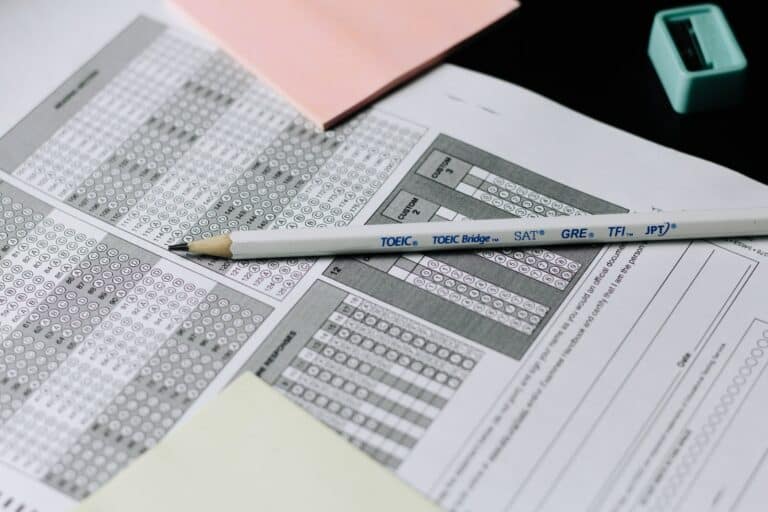If you’re planning on taking the GED, or General Educational Development, test, you might be wondering how many questions you can miss and still pass the test. The GED is a high school equivalency test that measures a person’s knowledge and skills in five subject areas: mathematics, science, social studies, language arts (reading and writing), and language arts (writing only). It’s designed to be the equivalent of a high school education.
So, how many questions can you miss on the GED test? The GED test consists of a total of 240 questions, with 40 questions in each subject area. The number of questions that you can miss and still pass the GED depends on the specific subject area.
To pass the GED, you must earn a minimum score of 145 out of a possible 200 points in each subject area of the test. This means that you can miss a maximum of 55 questions in each subject area and still pass the GED. However, it’s important to note that missing 55 questions in each subject area would result in a score that is below the passing threshold.
To increase your chances of success on the GED, it’s important to focus on preparing for the test and doing your best on the exam. This includes reviewing the test content, practicing with study materials, and getting support from a tutor or study group if needed.
In summary, the number of questions that you can miss on the GED test depends on the specific subject area. To pass the GED, you must earn a minimum score of 145 out of a possible 200 points in each subject area of the test. This means that you can miss a maximum of 55 questions in each subject area and still pass the GED. However, to increase your chances of success, it’s important to focus on preparing for the test and doing your best on the exam.
